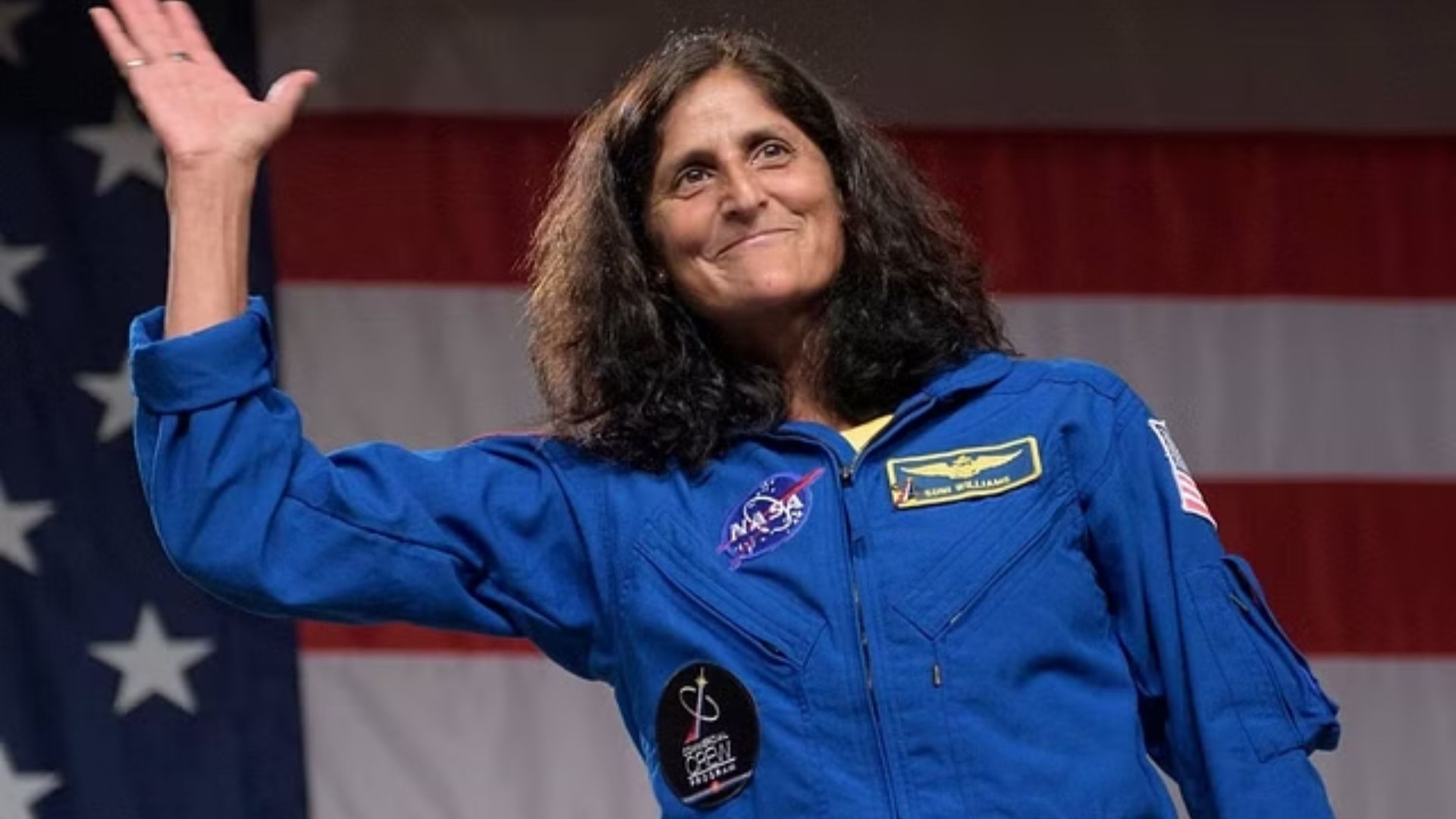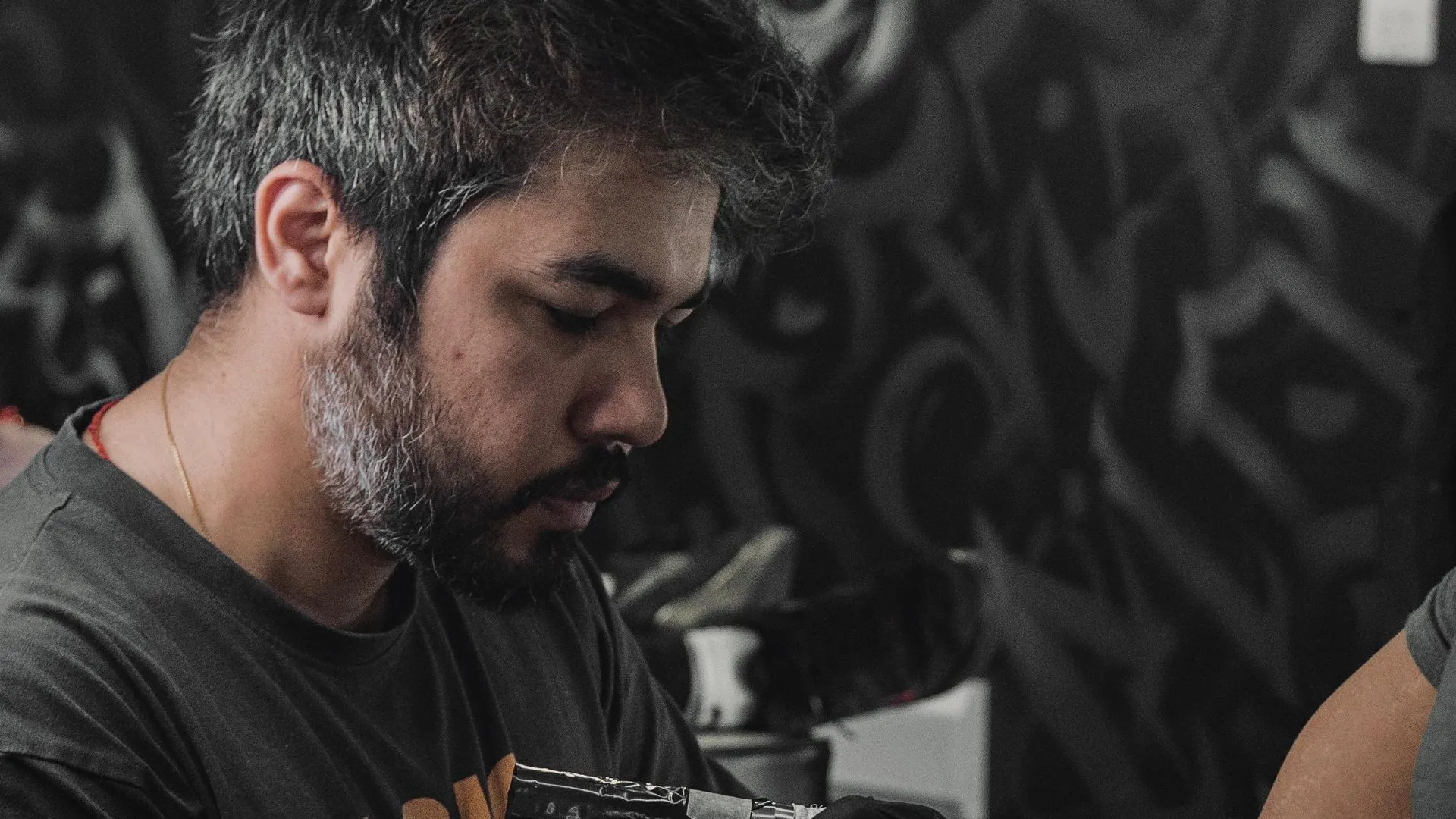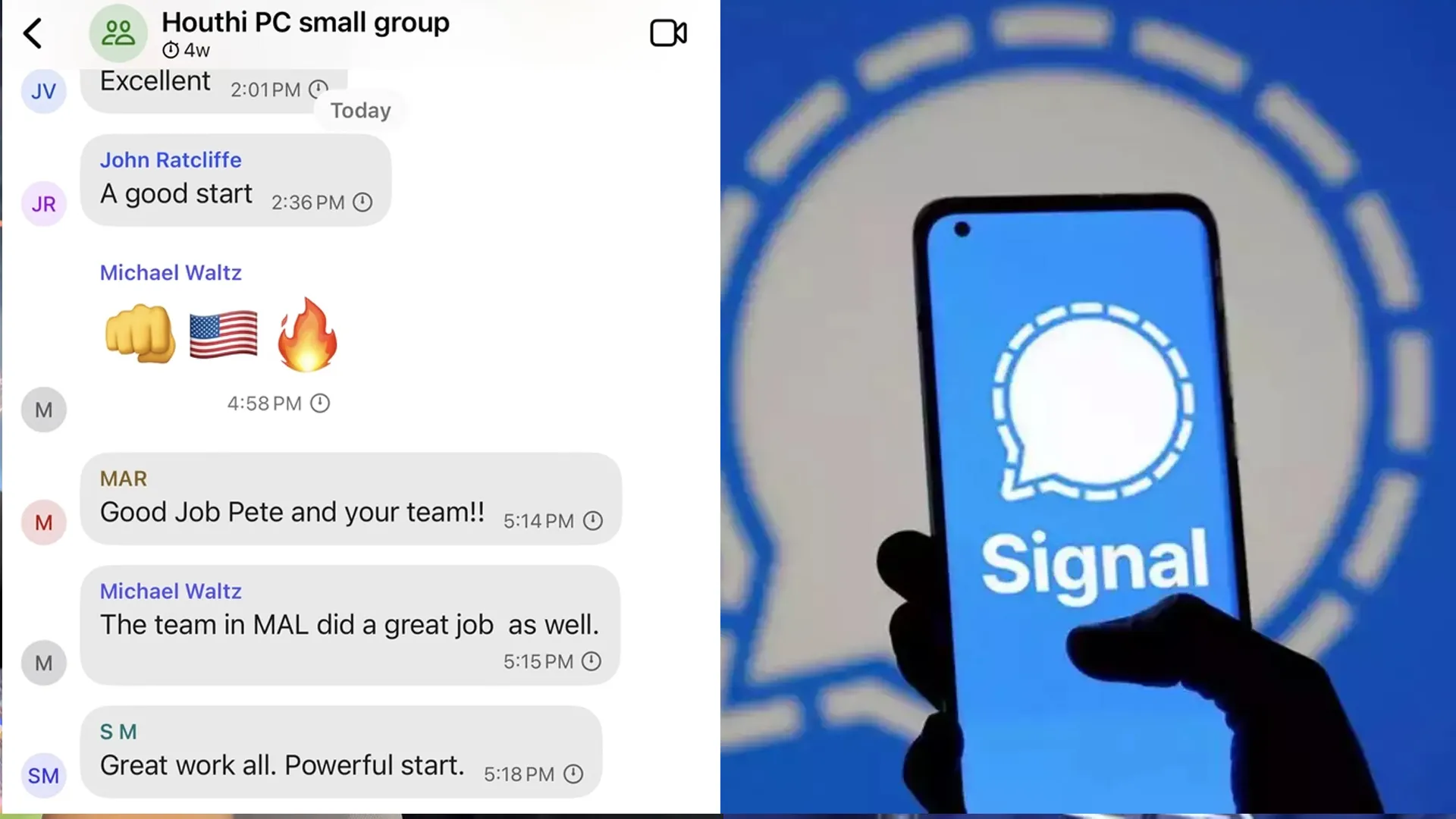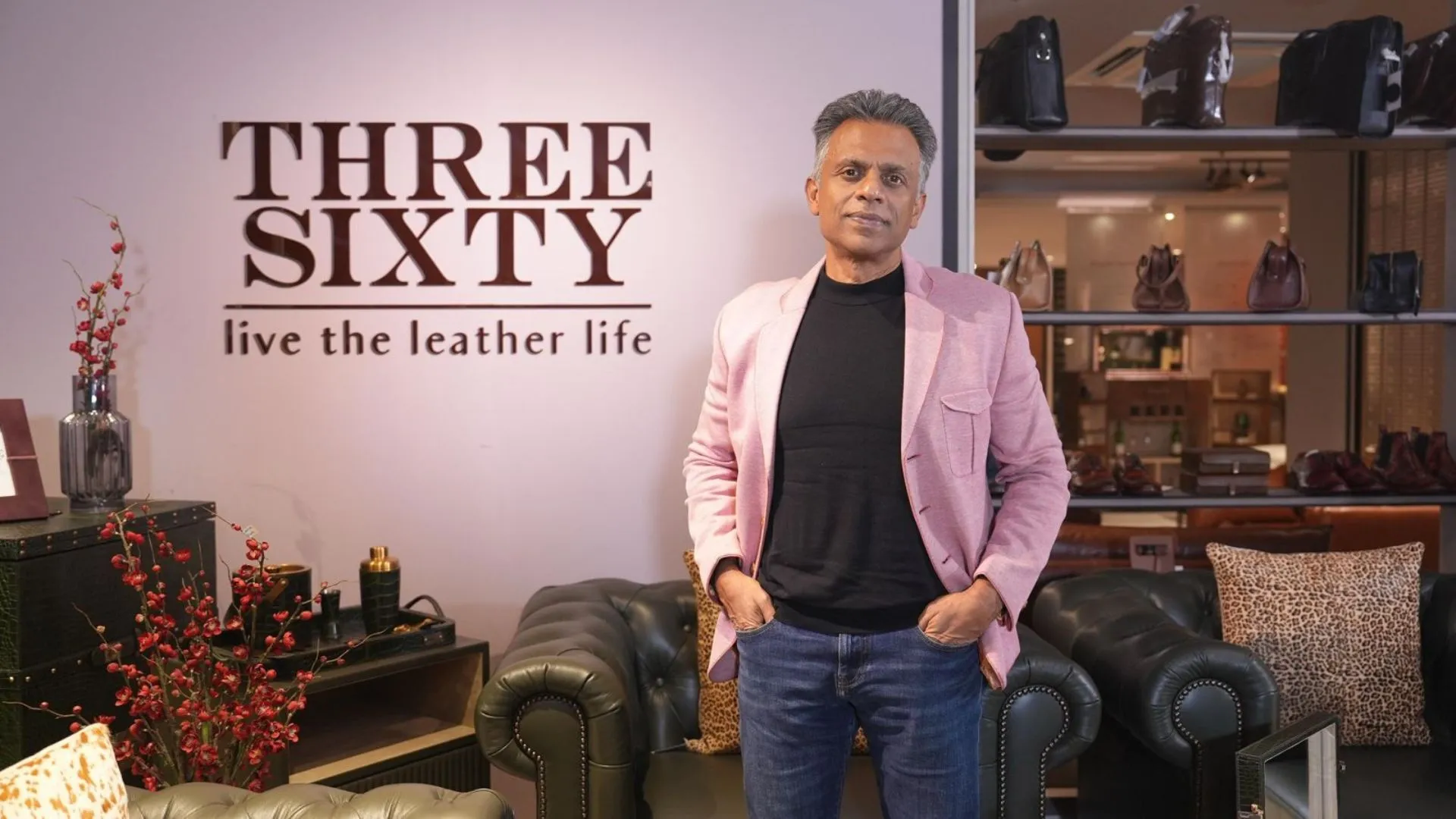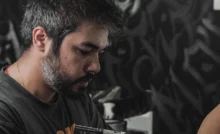Sunita Williams, an Indian-origin astronaut, has played a significant role in the development of the Starliner space capsule, which prioritizes safety and comfort for astronauts.
The capsule, designed by Boeing, stands at 5 meters tall with a diameter of 4.6 meters and weighs 13,000 kilograms during liftoff. It can accommodate up to seven crew members but typically carries four to five on NASA missions.
Each crew module is reusable for up to 10 missions, while service modules are mission-specific and are jettisoned in space. The Starliner is capable of both crew and cargo missions to low-Earth orbit. Williams praised the spacecraft’s capabilities, highlighting its autonomous features for docking, undocking, and landing.
During a recent video call with students, she mentioned the possibility of extending the current mission to two weeks to test the spacecraft’s performance after a period of inactivity. The inaugural crew includes experienced astronauts such as Barry “Butch” Wilmore. Williams named the spacecraft “Calypso,” inspired by Jacques-Yves Cousteau’s famous ship.
The mission, although delayed, is crucial for NASA’s goal of certifying a second commercial vehicle for crew transport to the International Space Station (ISS). While SpaceX has already been ferrying astronauts to the ISS using its Crew Dragon module, NASA is relying on the success of the Starliner to diversify its options. The mission aims to test the spacecraft and its subsystems thoroughly before final certification.
Additionally, NASA plans to sell the extra fifth seat on missions to potential customers, including commercial astronauts and private citizens. India’s involvement in space exploration includes plans for its own crewed missions, such as the Gaganyaan Mission, slated for around 2026. Williams expressed contentment with life on the ISS, emphasizing the camaraderie among crew members.


